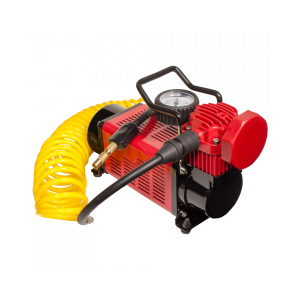oil seal 25 38 7
Understanding Oil Seals A Deep Dive into the 25-38-7 Specification
In the vast world of engineering and machinery, oil seals play a crucial role in maintaining the efficiency and longevity of various mechanical systems. Among the myriad of specifications available, the oil seal 25 38 7 stands out due to its unique dimensions and applications. This article aims to elucidate the significance, construction, and applications of such oil seals, providing insight into their role in industrial and automotive contexts.
What is an Oil Seal?
An oil seal, also known as a lip seal or rotary seal, is designed to prevent the leakage of lubricants, primarily oils, from machinery. These seals serve a dual purpose they safeguard against external contaminants such as dirt and moisture entering the machinery while also retaining essential lubricants within the system. This is vital in preserving the integrity and functionality of mechanical components, ensuring they operate smoothly and efficiently.
The Dimensions of 25 38 7
The designation ‘25 38 7’ refers to the specific dimensions of the oil seal. The first number, 25, indicates the inner diameter (ID) of the seal in millimeters. The second number, 38, represents the outer diameter (OD), also in millimeters. Lastly, the number 7 denotes the thickness of the seal, again measured in millimeters. These dimensions are crucial as they determine the compatibility of the oil seal with various shafts and housings, ensuring a snug fit that can withstand the pressures and temperatures typical in industrial applications.
Material Composition
Oil seals are often made from rubber or synthetic elastomers to provide flexibility and durability. Popular materials include nitrile rubber (NBR), fluorocarbon (FKM), and polyurethane. Each material has specific properties making it suitable for different applications. For instance, NBR offers excellent resistance to petroleum-based oils and is well-suited for automotive applications, while FKM provides enhanced chemical resistance for more demanding environments. The choice of material is pivotal in ensuring that the oil seal can withstand temperature fluctuations, pressure, and exposure to various chemicals without degrading over time.
oil seal 25 38 7

Applications of 25 38 7 Oil Seal
The 25 38 7 oil seal has versatile applications across various industries. In the automotive sector, these seals are commonly used in engines, transmissions, and differentials to maintain oil retention while preventing leakage. This is crucial for ensuring optimal lubrication and performance, which, in turn, extends the lifespan of vehicle components.
In industrial machinery, these oil seals are often found in pumps, motors, and gearboxes. Their ability to prevent oil loss and protect against external contaminants significantly enhances the efficiency of these machines. A malfunctioning oil seal can lead to increased wear and tear on mechanical parts, resulting in costly repairs and downtime.
Installation and Maintenance
Proper installation of an oil seal is essential to its performance. Aligning the seal correctly, avoiding over-compression, and ensuring a clean installation surface are key factors that contribute to the longevity of the seal. Moreover, regular maintenance checks can help identify any signs of wear or damage early, allowing for timely replacements before more severe issues arise.
Conclusion
The oil seal 25 38 7 is a vital component in various mechanical applications, from automobiles to industrial machinery. Understanding its dimensions, materials, and applications is essential for engineers and technicians involved in the design and maintenance of mechanical systems. By ensuring that the right oil seals are used and properly maintained, one can enhance the performance and durability of machinery, thereby driving efficiency across various sectors. As industries continue to evolve, the importance of reliable oil seals, such as the 25 38 7, remains an integral aspect of maintaining operational excellence.
-
Understanding the Front Main Engine Seal: Purpose, Maintenance, and Installation
News Jul.29,2025
-
Understanding O-Rings and Seal Rings: Types, Applications, and Custom Solutions
News Jul.29,2025
-
Understanding Crankshaft Oil Seals: Rear Seals, Pulley Seals, and Their Role in Engine Integrity
News Jul.29,2025
-
The Importance of Front and Rear Crankshaft Seals in Engine Performance and Oil Management
News Jul.29,2025
-
Crank Oil Seals: Functions, Types, and Cost Considerations in Engine Maintenance
News Jul.29,2025
-
A Comprehensive Guide to O-Rings and Seals: Types, Materials, and Global Applications
News Jul.29,2025
-
Mastering Diesel and Performance Engine Maintenance: A Guide to Critical Oil Gaskets
News Jul.28,2025
Products categories















